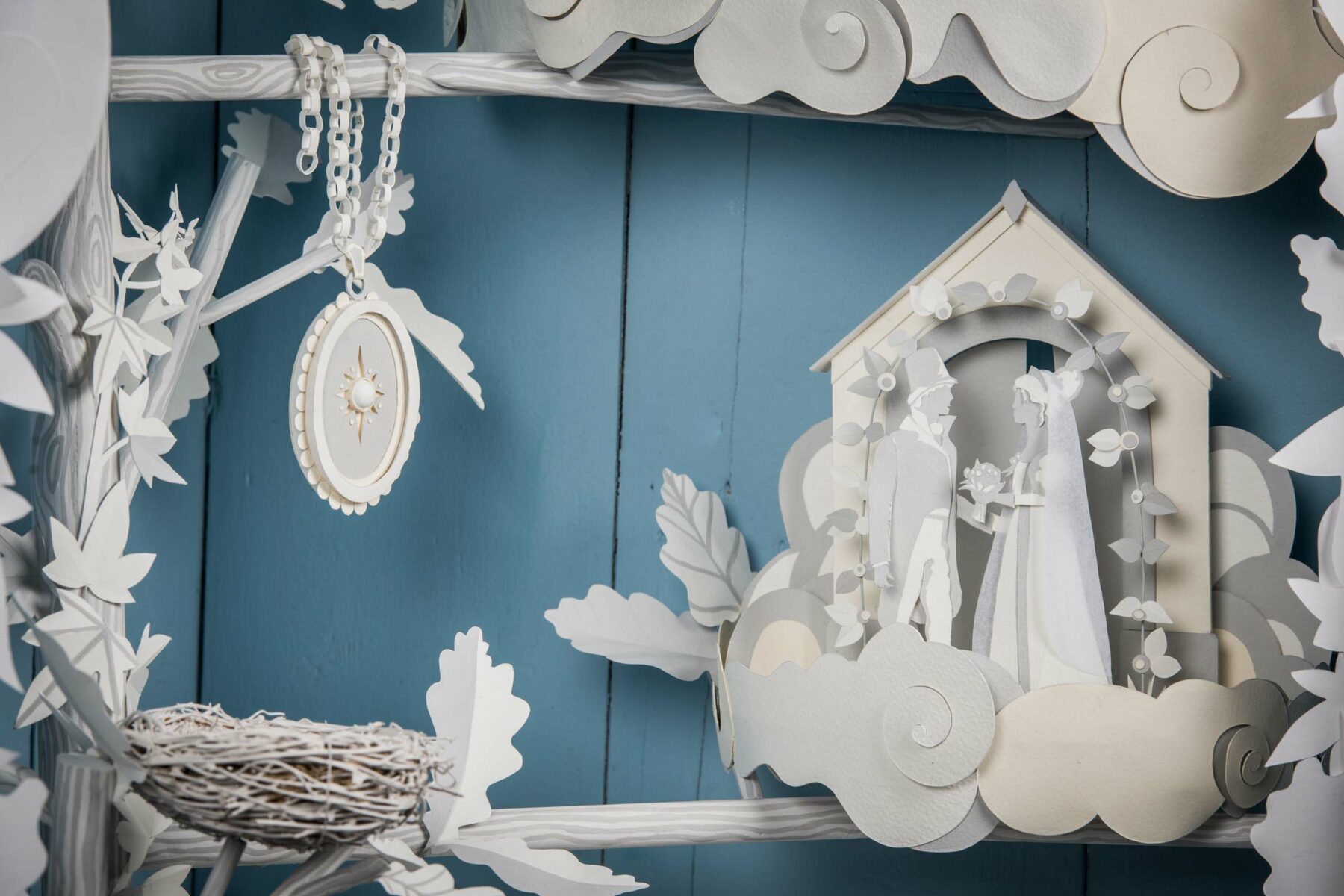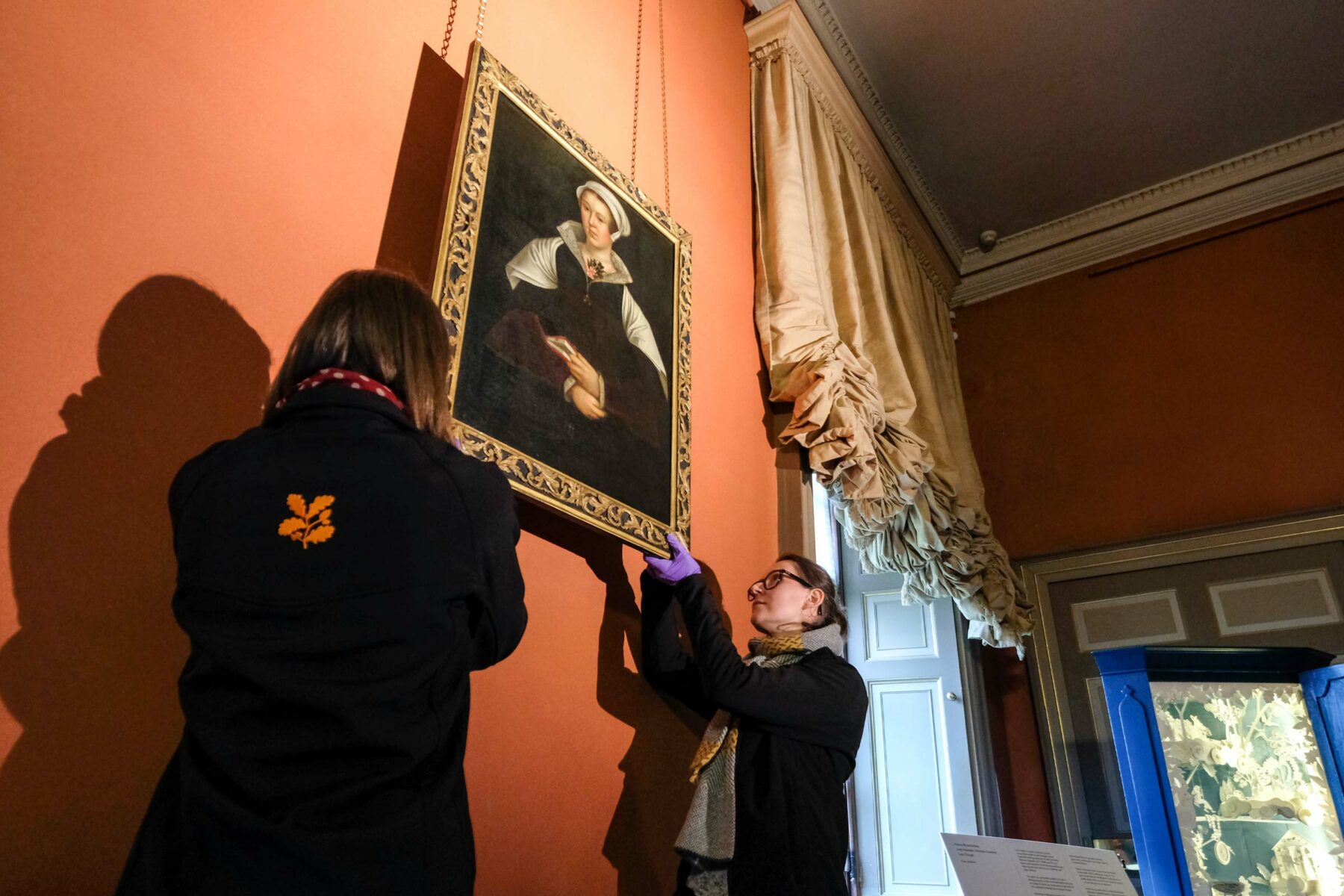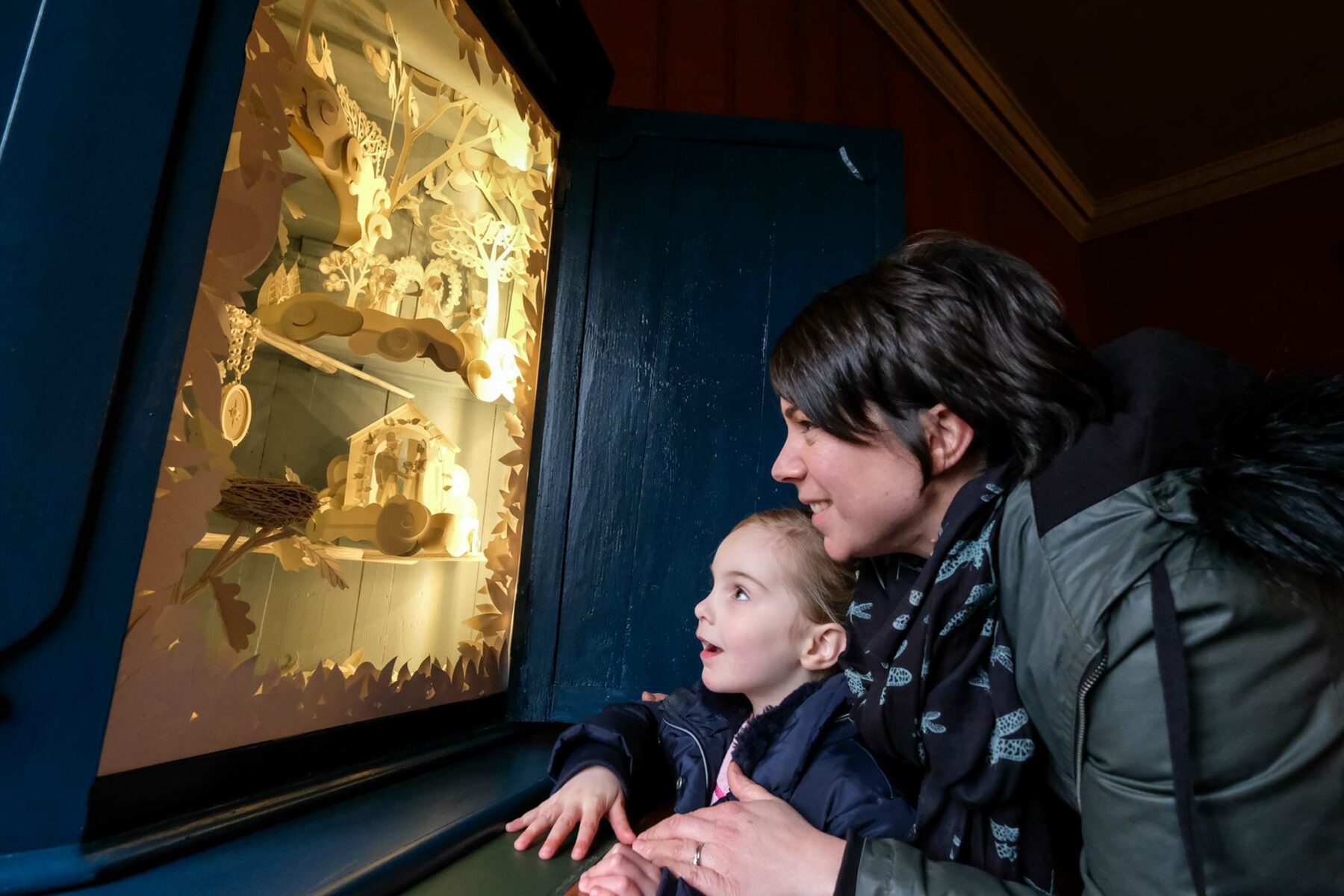How well do you know the women of Dunahm Massey?
The Women
The story of Dunham Massey has long been dominated by the life stories of the Earls who occupied it, but their role is just one thread in the rich tapestry of the property’s history that includes the experiences of men and women who lived, loved and laboured on the estate. Whilst there are distant connections between Dunham and powerful women such as Elizabeth Woodville and the Pankhursts, the lesser known women who have shaped Dunham’s past are just as interesting — but how well do we know them?

Women and Power
Working with Dunham Massey
In 2018 the National Trust focused it’s programming on women’s histories to celebrate the centenary of some women first gaining the right to vote. These histories were explored within its places and collection through the theme of ‘Women and Power’.
In March 2018, Dunham Massey opened ‘Dunham Massey: A Woman’s Place?’ with a changing programme of events, talks, short films and tours that revealed more about women and power then and now. As part of that programme Dunham Massey commissioned Women in Print to curate ‘Women in Print at Dunham Massey’; a brand new exhibition and season of artist-led programming at Dunham Massey Hall.
The exhibition featured contemporary, creative responses by artists Helen Musselwhite, Lucy Ketchin, Nell Smith, Joanna Houghton and Deanna Halsall to the lives of five women who had lived and worked on the Dunham Massey estate.
More Than Someone’s Wife…
Throughout history, the women who walked and worked in the halls of Britain’s stately homes have had their significance reduced to their relationship to the gentleman who owned the property. Walking the halls of Dunham Massey you’re greeted by the domineering portraits of important men with important names. As part of the exhibition all male portraits were removed from the Great Gallery and replaced with portraits of women from the Dunham collection. The newly commissioned artists’ pieces were then thoughtfully positioned around the room completing the staging for the exhibition.

Women in Print’s purpose was to shine a light on the hidden histories of the women of Dunhmam Massey that added depth and meaning to their lives beyond their roles as wives, mothers, sisters and house servants. We wanted to excite conversations and challenge the public to reflect on the women’s life experiences. Themes such as post-natal depression, workplace discrimination, ageing, unhappy marriages, revenge, education, war, love and loss were explored within the five artworks — experiences that many women can relate to today.
“Dunham Massey, National Trust, worked with Jane and Women in Print in 2018 as part of the National Trust’s Women and Power programme. Jane was able to connect us with 5 brilliant artists who were inspired by women’s stories at Dunham Massey. The artworks were created sensitively and were displayed alongside 16th–20th century portraiture within the Grade 1 listed mansion. Women in Print also produced prints of each artwork which were sold in the shop.”
Jessica Web, Visitor Experience Manager at Dunham Massey, National Trust
Public Feedback
The feedback from the public was positive with many people noting that the exhibition made them think about how women are presented throughout the property and it’s history. People enjoyed hearing narratives that humanised the women and made their stories more relatable.

